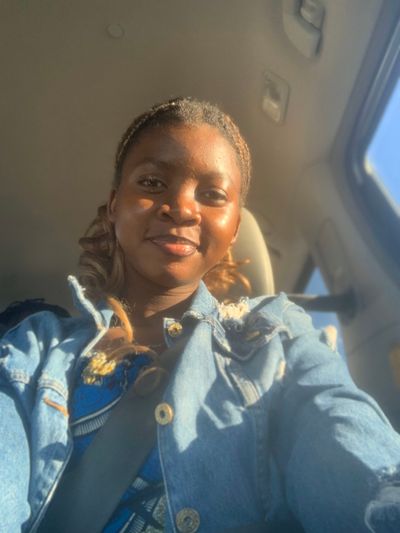The Black community is built on generations of resilience, power, and creative brilliance. From slavery to the civil rights movement, and now to modern-day activism, Black Americans have fought not only against systemic injustice, but also for unity and pride within themselves. Yet, beneath that legacy lies an uncomfortable truth: internal divisions still exist. These divisions are rarely talked about openly, but they shape the way people experience community, identity, and belonging. From issues of class and colorism to questions of authenticity and modern influence, the Black community continues to wrestle with how to come together without tearing each other apart.
Class and Economic Status
As the economic landscape shifts, not every member of the Black community moves forward at the same pace. Some families are able to build wealth, access higher education, and enter professional careers. Others remain in cycles of poverty, facing underfunded schools, housing insecurity, and limited job opportunities. These differences in access and opportunity have created a quiet but growing class divide. Wealthier Black individuals may feel pressure to separate themselves from their roots in order to “make it,” while those left behind may feel judged or forgotten. This disconnect can lead to resentment, misunderstandings, and a sense that success means leaving your people behind. Instead of lifting each other, class differences can sometimes lead to separation and silence.
Colorism: The Shade Within
Colorism is one of the oldest and deepest wounds in the Black community. Rooted in slavery, where lighter-skinned Black people were often given preferential treatment, this bias continues today. Lighter skin tones are often seen as more “acceptable” or “beautiful” by mainstream society, leading to unspoken privilege within the community itself. People with darker complexions may be unfairly labeled as aggressive, less attractive, or less educated. The damage of colorism isn’t just external – it’s internalized. It impacts self-worth, dating preferences, media representation, and family dynamics. While the Black community fights against racism from the outside, colorism creates division from within, making unity harder to achieve.
Authenticity and Identity
One of the most painful divisions comes from within – when members of the community question each other’s “Blackness.” Some people are told they’re “too white” because of the way they speak, dress, or behave. Others are criticized for being “too Black” if they embrace African culture, wear natural hair, or reject assimilation. These labels create confusion and insecurity, especially among youth who are just trying to understand who they are. Being Black should never be a performance or something to prove. But when authenticity is constantly questioned, it makes the community feel less like a home and more like a competition. This division limits expression and causes unnecessary harm, when in reality, Blackness is broad, diverse, and powerful in all its forms.
The Role of Social Media
Social media has changed how we see each other and ourselves. It offers a platform for Black voices, movements, and creativity – but it also creates pressure to perform. Platforms like Instagram, TikTok, and X (Twitter) often highlight idealized versions of success, beauty, and Black identity. This digital world can make it seem like if you don’t have designer clothes, a certain body type, or a viral voice, you’re invisible. It also fuels division through online arguments, “cancel culture,” and competition for clout. Instead of building bridges, social media sometimes reinforces the very walls we’re trying to break. It distracts from real conversations about mental health, generational trauma, and healing – and replaces them with curated images and unrealistic expectations.
The Path Forward
If we want real unity, we have to be honest about what’s breaking us apart. That means calling out colorism, checking class privilege, creating safe spaces for all expressions of Blackness, and moving past the surface-level images we post online. Healing begins with listening – to our elders, to our youth, and to the voices that have been silenced. Division doesn’t mean defeat. But ignoring it only delays the work. The future of the Black community depends not just on fighting racism outside, but also on loving and supporting each other inside. That’s the revolution we need now.
Poem: Cracks in the Mirror
By Daniella Musesambili
We wear the same skin, but not the same crown,
Some build empires, others feel left out.
One chases checks in designer threads,
Another fights to keep their brother fed.
Light skin praised like a golden prize,
While dark skin queens hear whispered lies.
“Too ghetto,” “too loud,” “too much to bear”–
Yet silence follows when pain fills the air.
College talk vs. corner slang,
“A sellout,” they say, “You forgot where you came.”
But who’s to blame for the splinters we feel,
When even our love comes with wounds to heal?
We scroll and flex for likes and fame,
But numb ourselves with shame and game.
TikTok dances, perfect pose–
While trauma hides behind the glow.
Still–we’re one story, scattered in parts,
One heartbeat, split between hearts.
It’s time we heal what hate began,
Together, not just where we stand.
No more judging from different lanes–
Let unity grow where pride once reigned.
Because even cracked mirrors can reflect light,
If we face the truth and fight what’s right.
